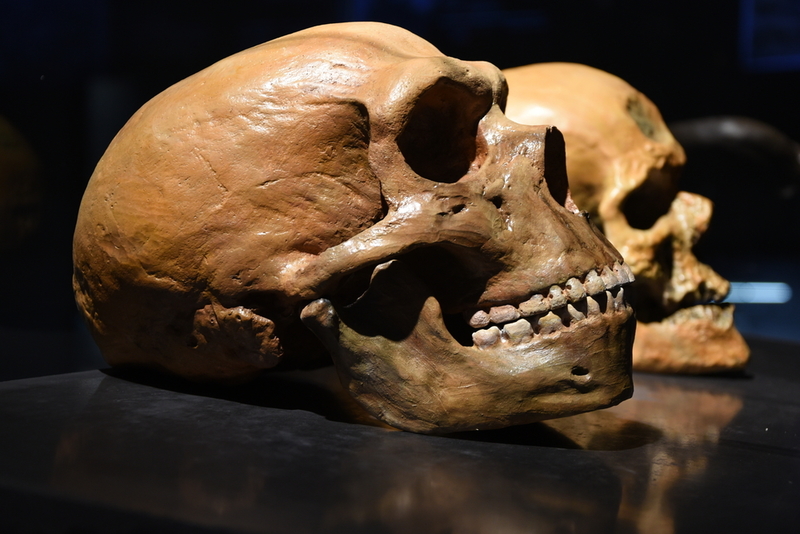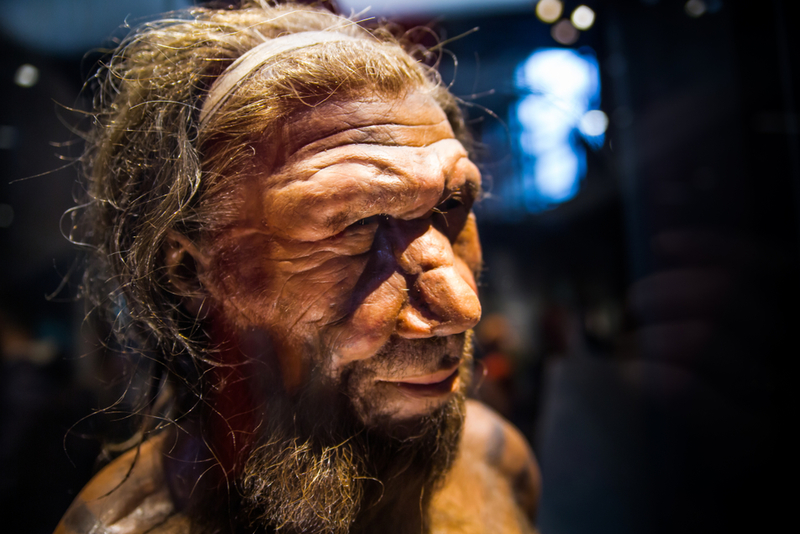According to scientists, the discovery of a new skull dating back more than 140,000 years could fundamentally alter our understanding of human evolution. The Dragon Man’s Skull’s history is worthy of an Indiana Jones film.
The Origin
It was discovered in 1933 by a Chinese man in Harbin City, Heilongjiang, China’s northernmost province. The man, however, worked as a labor contractor for the Japanese invaders and refused to hand over the skull to his Japanese boss. Instead, he buried it in an abandoned well, which is a traditional Chinese method of hiding treasures. The skull survived the Japanese invasion, the civil war, the communist movement, and the Cultural Revolution for 85 years. Before he died, the man told his family, who recovered the fossil in 2018 and donated it to Hebei GEO University’s Geoscience Museum.

The Finding
An incredibly perfectly preserved human fossil that is ancient has been sitting in one of China’s museums since the 1930s. This fossil has been identified as an all-new human species called Homo Longi or “Dragon Man”. Scientists believe the Homo Longi lineage is our closest relative, which could forever alter how we think about human evolution. This species could have a closer relationship with humans than the Neanderthals (Pictured below.)
The Reasoning
The fossil is one of the most complete human cranial fossils ever discovered. The massive skull could accommodate a brain the size of a modern human. It had larger, almost square eye sockets, thick brow ridges, a wide mouth, and oversized teeth. While it has typical ancient human features, the skull is distinct from all other Homo species previously named.
The Specimen
Scientists believe the cranium belonged to a 50-year-old male who lived in a forested, floodplain environment as part of a small community. Given the size of the individual and the location of the skull, researchers believe Homo Longi may have been adapted for harsh environments, allowing them to spread throughout Asia. The scientists found small depressions on the top of Dragon Man’s head, which might be old wounds that healed, but there is no evidence of the cause of death.

The Sister Species
This would make Dragon Man our “sister species,” and a closer ancestor to modern man than the Neanderthals, he claimed. Three papers in the journal ‘The Innovation’ reported on the findings. The skull is at least 146,000 years old, putting it in the Middle Pleistocene period.
Genetic Sequencing
The cranium was first studied, with researchers identifying over 600 traits that were then fed into a computer model that ran millions of simulations to determine the evolutionary history and relationships of various species. These findings suggest that Harbin and other Chinese fossils, along with Neanderthals and Homo sapiens, form a third lineage of later humans. Future genetic sequencing may be required to help clear up any remaining uncertainty surrounding the findings, but for now, we have The Dragon Man.